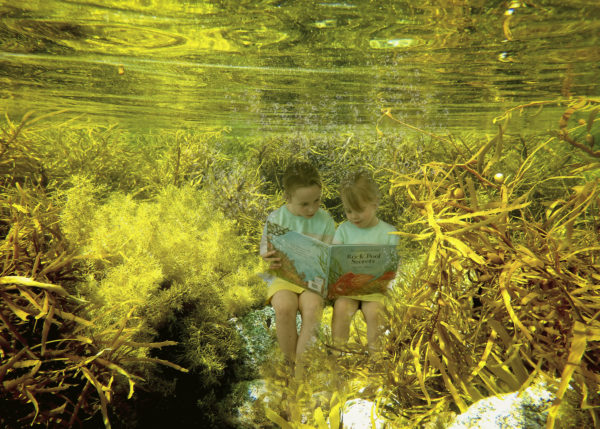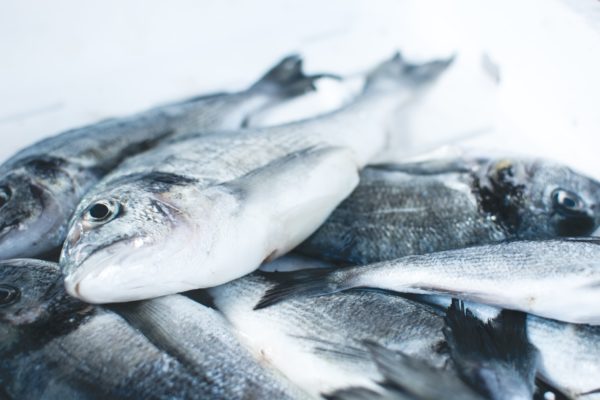Coexistence between sharks and humans sometimes seems like an impossible task, with shark culling becoming a favoured and unnecessary practice in many regions.
Summertime equals fun-filled days spent at the beach, diving underneath the waves or surfing atop them.
Children splash around in the shallows and squeal with delight. It is exceedingly rare that these moments of bliss are interrupted by attacks from the many creatures that lurk beneath the foamy caps. Coexistence between us and the creatures of the deep is not often disrupted.
However, a possible threat from the depths lingers in the back of every lifeguard’s mind but is barely given a second thought.

Misunderstood or bloodthirsty?
When a shark attack does occur, fear overtakes basic practical thinking. Unnecessary panic spreads and people begin to point fingers; usually directed at Bull Sharks, the most common culprits of shark attacks on Australia’s coasts.
Sometimes described as “mindless killing machines”, or a “menace to our waters,” the instant reaction seems to be to kill them. A 20 second scroll through Facebook or Instagram and we have all the day’s moral panic at our fingertips.
Deakin University’s Associate Professor Euan Ritchie argues that the problem lies with people abusing their privilege to enter a shark’s natural habitat.
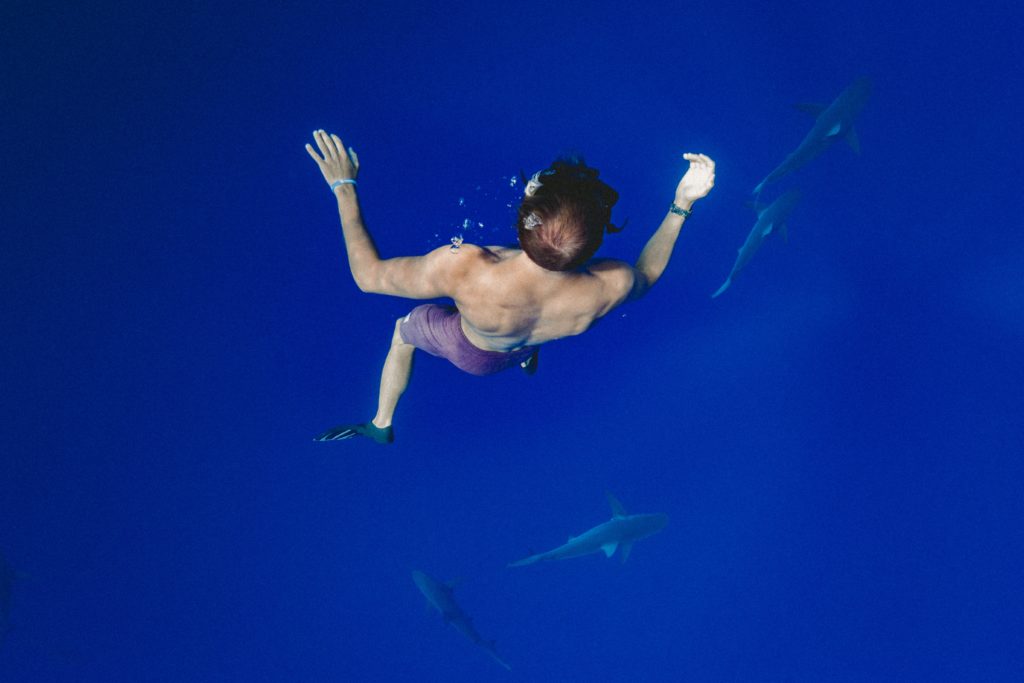
“The reasons for why people may or may not experience lethal or harmful interactions with sharks are varied and often hard to determine. And, sharks don’t set out to attack humans.”
Commonly misunderstood as bloodthirsty animals, widespread social anxiety surrounding sharks can take over, resulting in drastic measures like shark culling.
Aren’t we the real intruders to the ocean?
The world’s oceans remain the sharks natural habitat; surfers and swimmers alike agree that the ocean has its dangers, dictated by strict environmental factors that affect where sharks migrate and travel.
“Changes in water currents and temperature are possible, as are the movements of shark’s preferred prey. It’s also important to recognise that sharks have always lived in both nearshore and offshore environments, this is their habitat.”
Shark culling as a response to this fear remains, for A/Prof Ritchie, a disproportionate response since the ocean remains their territory and not ours.
“It’s entirely unnecessary, ineffective, and ecologically harmful. It’s symptomatic of the inability of humans to peacefully coexist with other species, including large predators.”
Staying Safe in the Sea
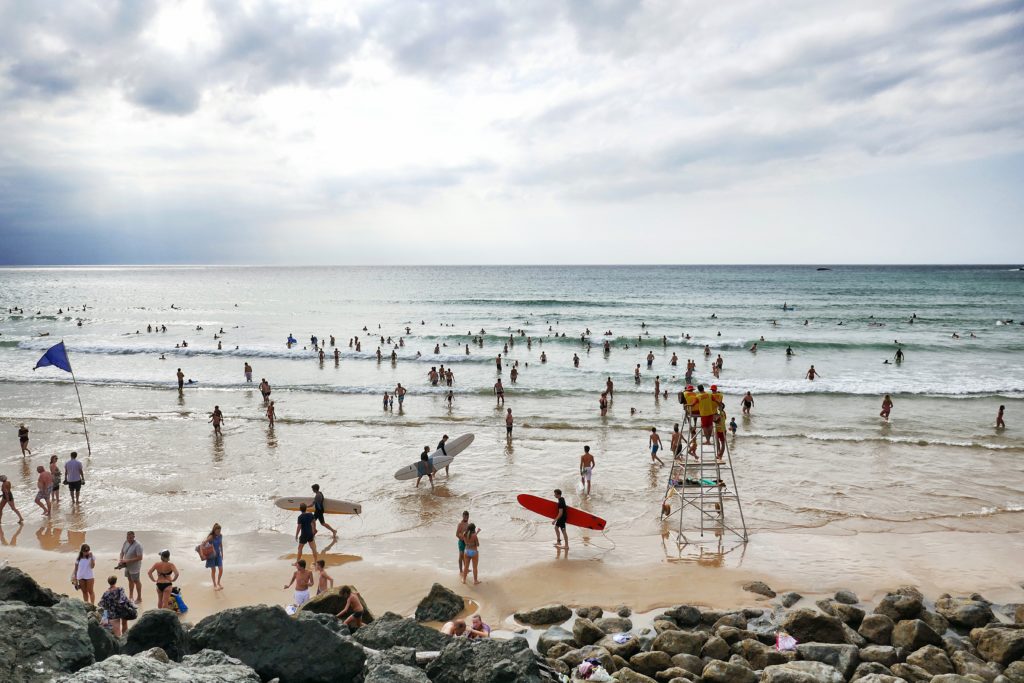
A Victoria Fisheries Authority spokesperson recently disclosed that the state doesn’t have any control measures, such as nets or drumlines, in place and instead only relies on education and sightings reports.
If Australian’s want to remain safe within the water and peacefully coexist with the creatures that inhabit it then updated measures need to be implemented.
“Education about risk factors associated with shark ‘attacks’, which are of course exceedingly rare events, is number one.”
A/Prof Ritchie believes that education surrounding shark attacks will help people to better understand that the risk of a shark attack is just as much as any ‘everyday’ risk that could occur whilst driving a car or even crossing the road.
“With better education people can change their behaviour to increase their safety, but acknowledging that the ‘shark attack’ risk is simply negligible when compared to more significant, everyday risks.”
He suggests that instead of hunting sharks into extinction to ‘resolve’ the issue, we should be taking precautions whilst in the water.
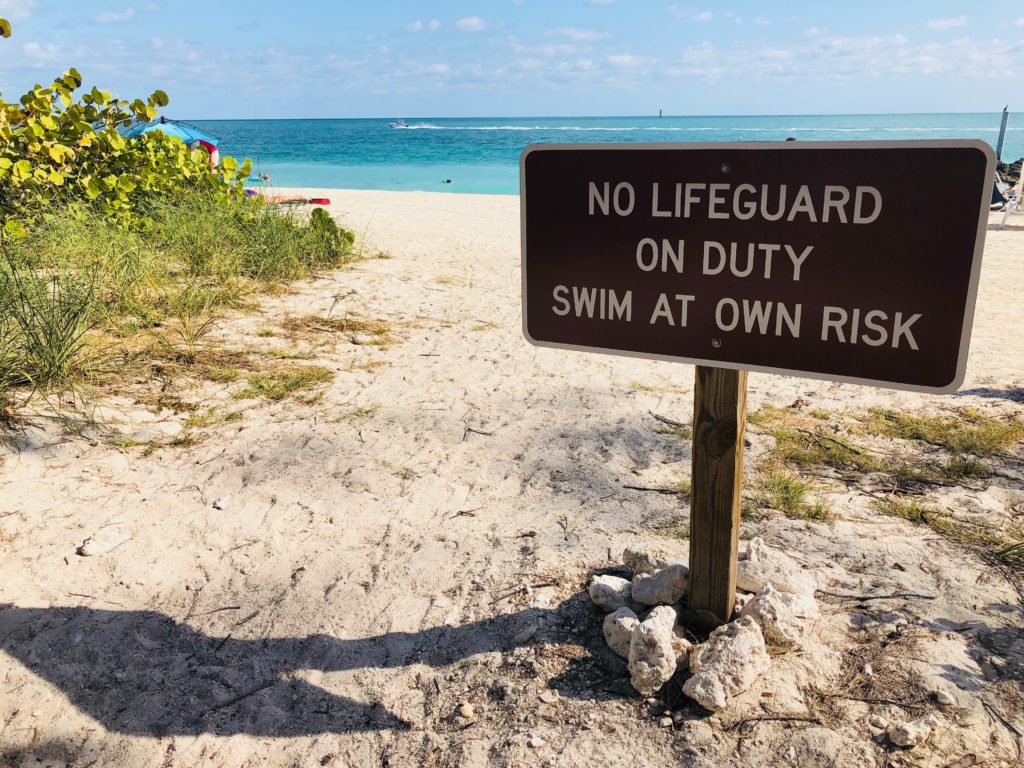
“Swim in patrolled areas (some of these areas use planes, drones and/or people to look out for sharks), and closer to shore.”
He also says that swimming near sea life such as large schools of fish, seabirds and dolphins that are prey to sharks can increase risk.
A/Prof Ritchie believes that humans must accept the risks of sharing the marine environment with sharks.
The destruction of an entire species should never be the answer.
Chantelle Gourlay
Staff Writer

